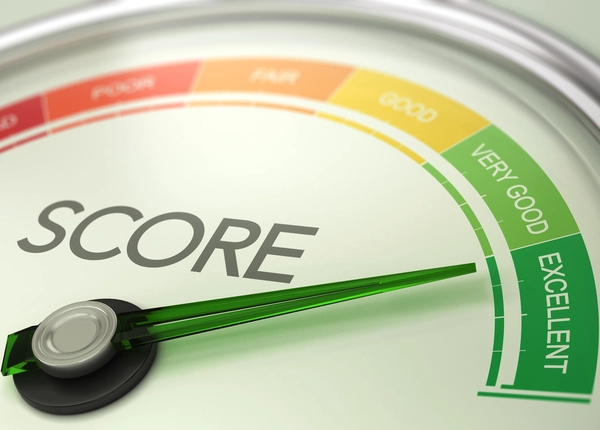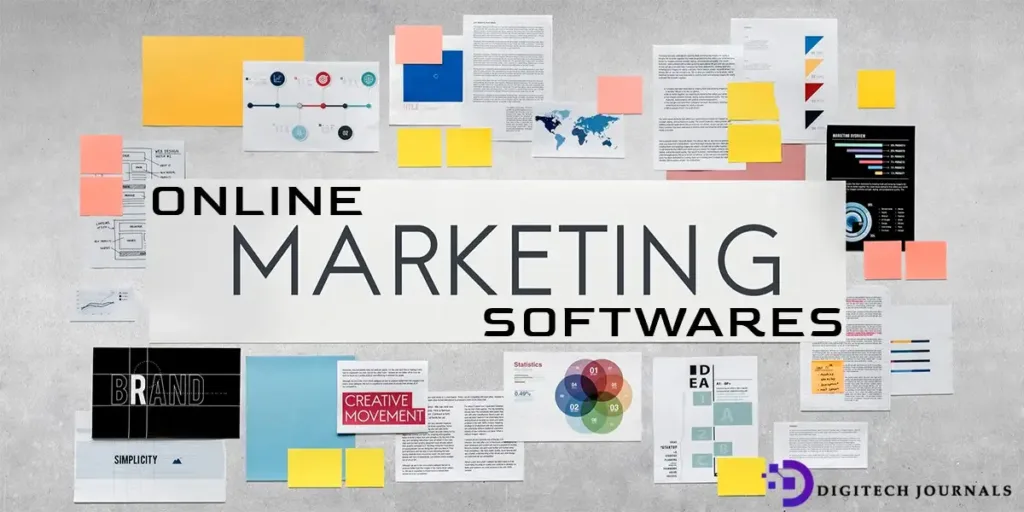To achieve the best search engine rankings and deliver an excellent user experience, website owners must focus on technical SEO, speed optimization, mobile usability, structure optimization, and crawl budget strategy.
In today’s hyper-competitive digital landscape, delivering an optimal user experience across all devices has become essential for businesses hoping to attract and engage online customers. Yet many website owners fail to recognize how crucial foundational technical elements like speed, responsiveness, and discoverability are for achieving their business goals.
We’ll take a deep dive into specific optimization strategies across each of these critical pillars, to help you understand how to holistically improve your digital presence from a user and search perspective. Whether you’re new to technical SEO or a seasoned veteran, you’ll walk away with actionable tactics to apply immediately and monitor over time.
So let’s get started on our technical journey toward a faster, more engaging website that search engines will love to recognize and users will love to interact with. The path to online success starts with optimizing at the foundation, so we’ll begin our trek at the bit level.
Technical SEO
Technical SEO refers to the code-level optimizations that improve a website’s technical performance and user experience. Search engines like Google place a high priority on technical SEO factors when determining page rankings. Here are some key technical SEO best practices to implement:

Use clean, valid HTML and CSS code: Well-structured code that follows web standards makes your content easier for search engines to understand and for users to consume on any device. Pay attention to technical SEO during development.
Implement schema.org structured data: Schema helps search engines understand the main entities and relationships on your pages to display richer snippets and enhance relevance. Common schemas include Article, FAQPage, and Product.
Reduce page load time: PageSpeed Insights and Lighthouse audits can identify opportunities to optimize images, JavaScript, CSS, and other page resources for faster load times. Speed is critical for both users and search engines.
Eliminate redirects: Too many redirects can confuse bots and users. Ensure internal links go to the intended destination in one hop.
Fix broken links: Broken links waste crawl budget and frustrate users—audit links regularly with the Link Assistant tool.
Use the correct HTTP response codes: Response codes like 404 and 500 indicate issues that may lower rankings. Ensure your server returns the right codes.
This technical SEO foundation is important for search engines to understand your content and for users to have a good experience. Ongoing technical audits and monitoring are important for technical SEO.
Website Speed Optimization
One of the most important ranking factors for search engines like Google is the speed of a website. Slow sites provide a poor user experience and can negatively impact search engine rankings. Here are some effective speed optimization strategies:

Minify and concatenate CSS and JavaScript files. Combining and compressing code files reduces HTTP requests. Use tools like CSSNano and UglifyJS.
Lazy load images: Only load images visible in the viewport initially. As the user scrolls, dynamically load the remaining images below the fold.
Enable browser caching: Leverage caching headers so browsers cache static assets like images for faster subsequent page loads.
Use a content delivery network: CDNs cache and deliver assets from geographically distributed edge servers for faster response times worldwide.
Optimize images for the web: Compress and resize images to the required dimensions for the layout. Avoid large, unnecessary image file sizes.
Prioritize visible content: Above-the-fold content should load first before lower-priority items. Defer loading non-critical scripts, styles, and elements.
Perform Lighthouse audits regularly: The Lighthouse tool from Google provides actionable recommendations to improve performance scores.
This website’s speed optimization best practices are crucial for technical SEO and delivering a fast user experience. Speed impacts how users interact with and perceive your brand.
Mobile-Friendly SEO
As mobile internet usage surpasses desktop, being mobile-friendly is essential for search engine optimization. Google explicitly considers mobile usability in rankings. Here are some ways to optimize for mobile:

Responsive web design: Use flexible layouts that dynamically adapt content to different screen sizes via CSS media queries. Test across devices.
Serve responsive images: Deliver the right image size and format for each device’s screen resolution to avoid unnecessary data usage.
Optimize tap targets: Ensure buttons, links, and other interactive elements are large enough for finger-friendly touchscreens.
Use viewport meta tag: Define the viewport width to create an adaptive scale between desktop and mobile browsers.
Simplify navigation: Prioritize important above-the-fold links and streamline menus for small screens.
Progressive web app techniques: Features like service workers, manifest files, and responsive design make your site feel like a native app.
Test across mobile browsers: Rendering differences exist so thoroughly test on real devices running Chrome, Safari, Firefox and more.
Following these mobile-friendly SEO best practices helps search engines understand and index your mobile version properly while enhancing the user experience for smartphone and tablet visitors.
Website Structure Optimization
The structure and architecture of your website can significantly impact search engine optimization and usability. Here are some tips for optimizing website structure:

Use meaningful URLs. Search engine-friendly URLs clearly describe page content and include important keywords. Avoid dynamic IDs.
Implement internal link structure: Create an intuitive internal linking hierarchy and information architecture to help users navigate naturally.
Add XML sitemaps: Sitemaps inform search engines of all crawlable URLs to comprehensively index the site. Submit to the search console.
Use heading tags appropriately: H1 tags should represent the main topic and subsequent H2-H6 tags should further break down sections in order of importance.
Optimize heading structure: Headings create an outline and should follow a logical flow down the page in order of importance.
Add alt text for images: Descriptive alt text provides context and is critical for accessibility and SEO if images cannot be loaded.
Structure content for scannability: Use well-formatted paragraphs, lists, and other elements to make content easy to scan visually in search results.
Properly structure data: For example, use semantic HTML5 tags like <header>, <nav>, <footer> to mark up sections.
Following these website structure best practices helps search engines better understand your content and site architecture while enhancing the user experience through improved navigation and information architecture.
Crawl Budget Strategy
Search engines have limited resources to crawl and index all web content. A crawl budget strategy helps search bots comprehensively discover and understand your most important pages. Here are some crawl budget tips:
Prioritize high-quality, unique content: Focus on creating valuable, human-readable content over thin, duplicate material.
Use internal linking wisely: Link to topically related pages to guide bots through the site’s most important sections.
Submit an XML sitemap: Sitemaps provide a “table of contents” for bots to discover new and updated pages faster.
Monitor crawl errors: Fix 404s, timeouts, and other errors that waste the crawl budget and prevent complete indexing.
Submit to search console: The search console provides insights into crawl issues and a way to resubmit sitemaps and URLs for crawling.
Consider acceleration options: For large sites, CDNs, asset hosting, and other techniques may help spread crawl load over time.
Monitor crawl stats: Ensure key pages are being crawled regularly and comprehensively to maintain search visibility.
Following these crawl budgets, best practices help search engines efficiently discover and understand your most valuable content. It maximizes the amount of high-quality content indexed for users.
Conclusion
A comprehensive technical SEO, speed optimization, mobile usability, information architecture, and crawl budget strategy are necessary to achieve the best search rankings and deliver an excellent user experience.
Regular audits and monitoring across these areas ensure your website continues to meet evolving technical requirements from search engines and user expectations in future of SEO With diligent implementation and testing of the techniques discussed here, website owners can see significant search visibility and engagement improvements over time.



